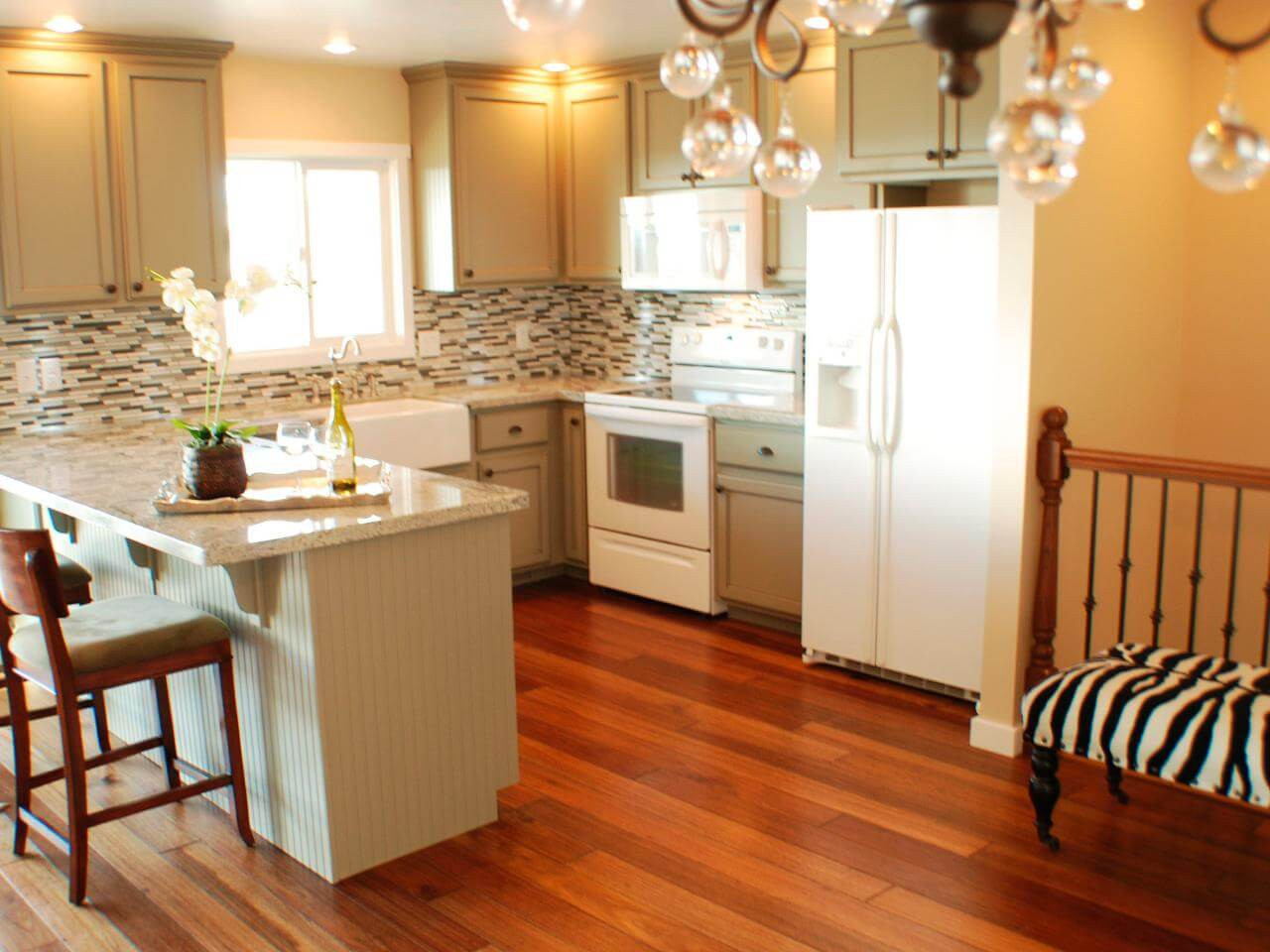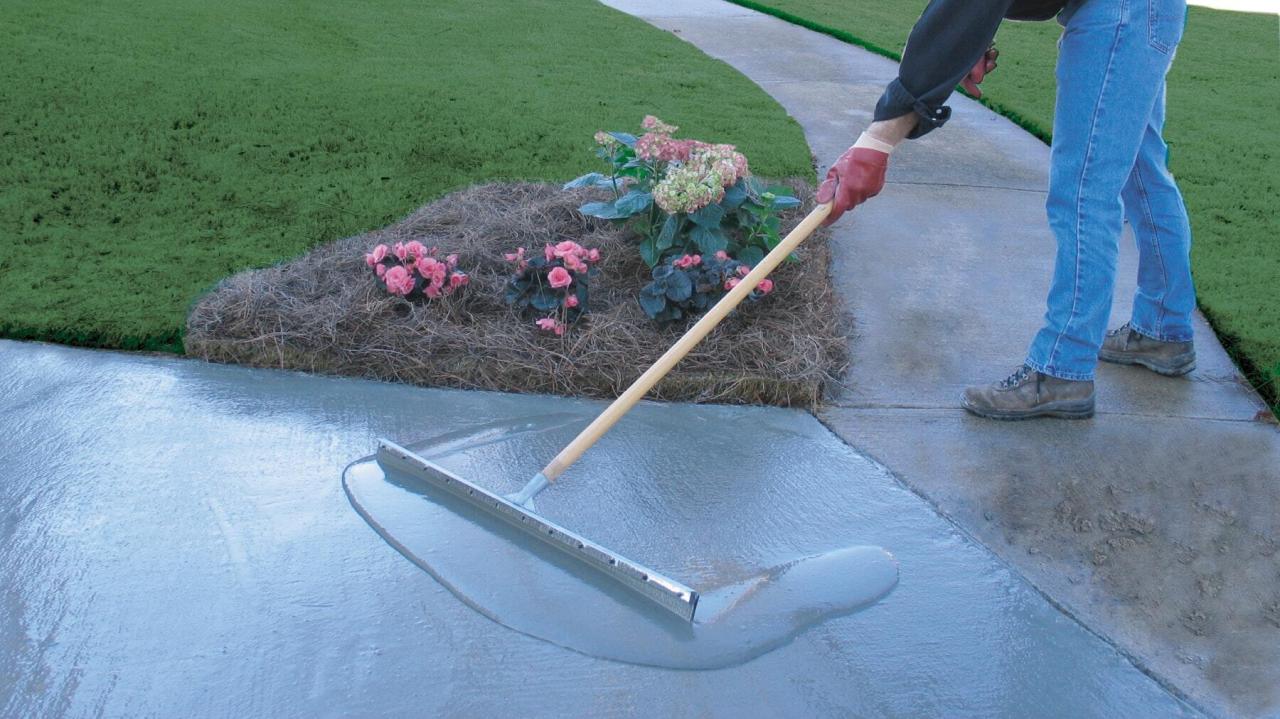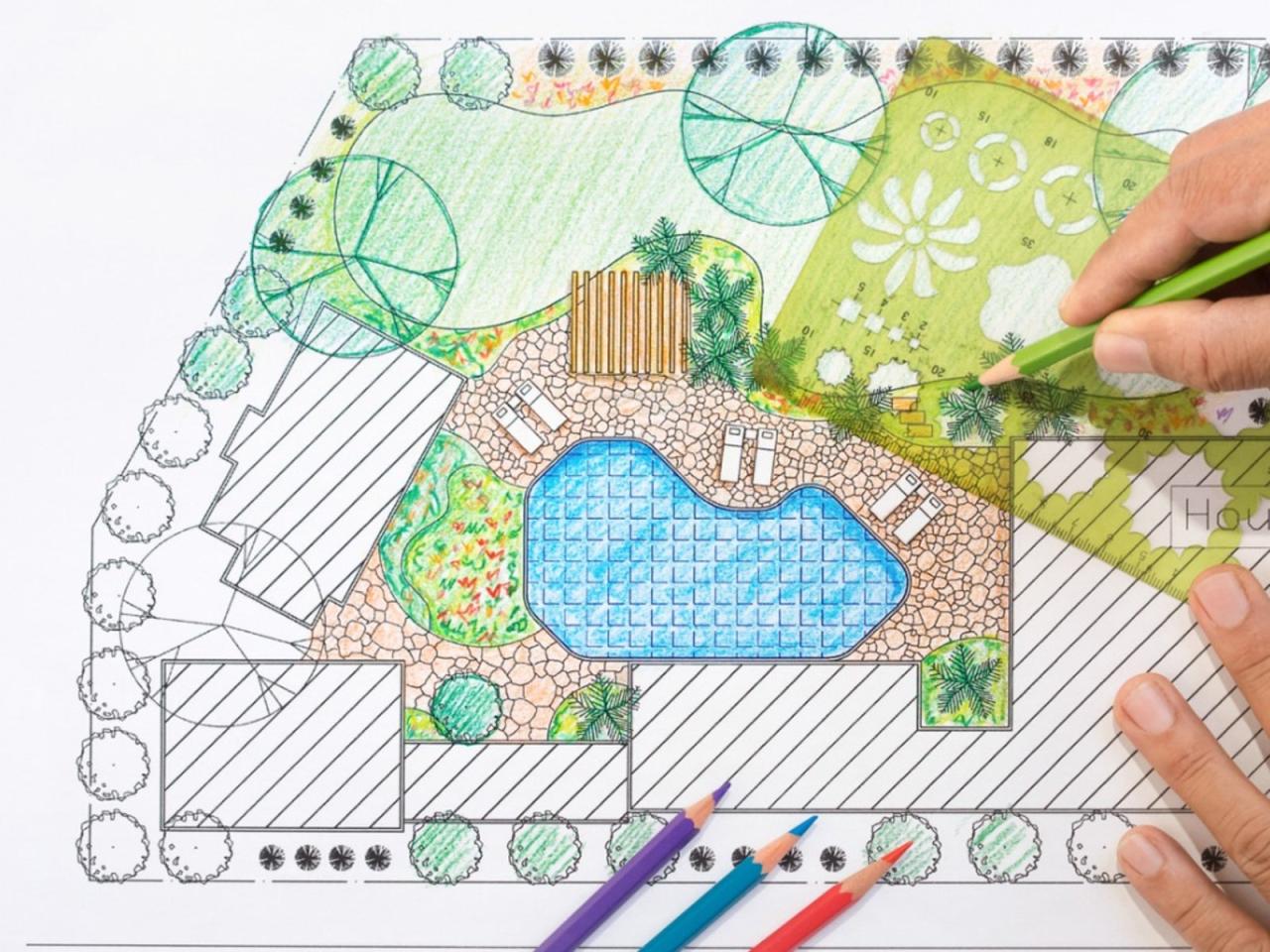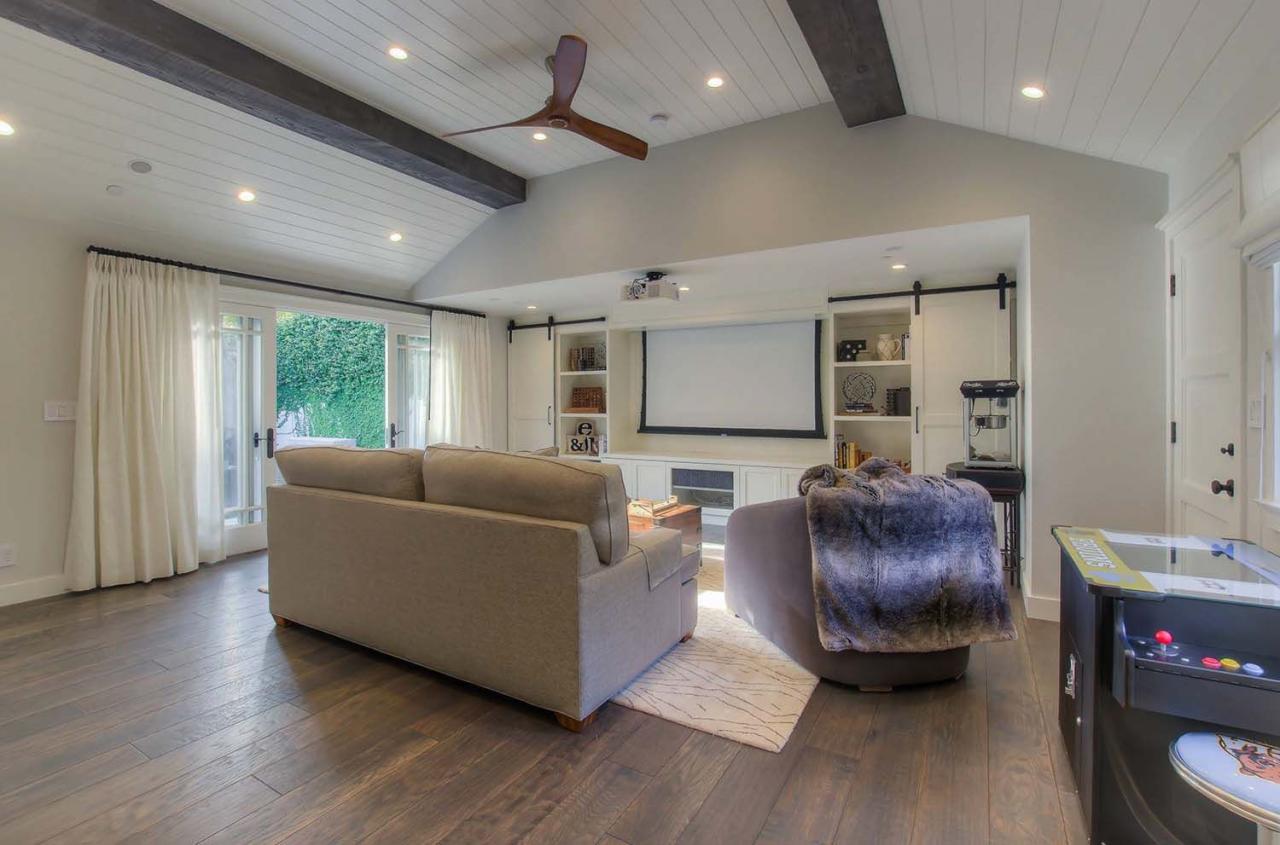Embark on a journey through the Complete Guide to Siding Replacement for Homeowners, where we delve into the intricacies of this essential home improvement project. From understanding the significance of siding replacement to exploring various materials and costs, this guide has you covered.
Introduction to Siding Replacement
Siding replacement refers to the process of removing old or damaged siding from a home and installing new siding in its place. This home improvement project is crucial for maintaining the structural integrity, aesthetic appeal, and energy efficiency of a house.
As a homeowner, investing in siding replacement can offer various benefits, such as improved curb appeal, increased property value, and better protection against harsh weather conditions. It is essential to recognize the signs that indicate the need for siding replacement to prevent further damage and ensure the overall well-being of your home.
Typical Signs for Siding Replacement
- Cracks or holes in the siding
- Peeling or blistering paint
- Increased energy bills due to poor insulation
- Mold or mildew growth on the siding
- Warped or loose siding panels
Types of Siding Materials
When it comes to siding replacement, homeowners have a variety of materials to choose from. Each type of siding material offers unique characteristics in terms of durability, cost, and aesthetics. Let's delve into the common siding materials used for replacement and compare and contrast their features.
Vinyl Siding
Vinyl siding is one of the most popular choices due to its affordability and low maintenance requirements. It comes in a wide range of colors and styles, making it versatile for different home designs. However, it may not be as durable as other materials and can crack or fade over time.
Fiber Cement Siding
Fiber cement siding is known for its durability and resistance to insects, rot, and fire. It has a longer lifespan compared to vinyl siding but comes at a higher cost. Fiber cement siding can mimic the look of wood or stone, providing a high-end aesthetic for homes.
Wood Siding
Wood siding offers a natural and classic look to homes, adding warmth and charm. It can be painted or stained in various colors to match different architectural styles. However, wood siding requires regular maintenance, such as painting or staining, to prevent rot and decay.
Aluminum Siding
Aluminum siding is lightweight, durable, and resistant to rust, making it a good choice for areas with harsh weather conditions. It is also recyclable, making it an eco-friendly option. However, aluminum siding can dent easily and may not offer the same aesthetic appeal as other materials.
Brick Siding
Brick siding is known for its longevity and classic appearance. It provides excellent insulation and is fireproof, making it a durable option for homes. While brick siding is more expensive upfront, it can increase the value of a property and requires minimal maintenance over time.These are just a few examples of siding materials commonly used for replacement.
When choosing the right siding material for your home, consider factors such as durability, cost, and aesthetics to make an informed decision.
Choosing the Right Siding for Your Home
When it comes to selecting the right siding for your home, there are several important factors to consider. These factors include the climate of your region, the maintenance requirements of the siding material, and your budget constraints. It's essential to choose a siding material that not only looks great but also performs well in your specific environment.
Factors to Consider
- Climate: Different siding materials are better suited to different climates. For example, vinyl siding is a popular choice for its durability and resistance to moisture, making it ideal for humid environments. On the other hand, fiber cement siding is known for its ability to withstand extreme temperatures and harsh weather conditions.
- Maintenance: Some siding materials require more upkeep than others. For instance, wood siding needs to be regularly painted or stained to maintain its appearance, while vinyl siding is virtually maintenance-free.
- Budget: The cost of siding materials can vary significantly. While vinyl siding is typically more budget-friendly, premium options like cedar shake siding can be much more expensive.
Pros and Cons List
| Siding Material | Pros | Cons |
|---|---|---|
| Vinyl | Low maintenance, affordable, versatile | Can crack or fade over time |
| Fiber Cement | Durable, fire-resistant, low maintenance | Higher initial cost, heavy to install |
| Wood | Natural look, environmentally friendly | Requires regular maintenance, susceptible to rot |
Tips for Matching Siding Materials with Home Styles and Colors
- Consider the architectural style of your home when choosing a siding material. For example, wood siding complements traditional and rustic homes, while modern homes may look better with metal or fiber cement siding.
- Take into account the color scheme of your home's exterior. Choose a siding color that complements or contrasts with the existing colors to create a cohesive look.
- Consult with a professional designer or contractor for advice on matching siding materials with your home's style and color scheme.
Siding Replacement Process

Replacing the siding on your home is a significant project that requires careful planning and execution. Understanding the step-by-step process involved can help you make informed decisions and ensure a successful outcome.
Step 1: Inspection and Assessment
Before starting the siding replacement project, it is crucial to inspect the current condition of your existing siding. Look for signs of damage, rot, mold, or any other issues that may need to be addressed before the new siding is installed.
Step 2: Choosing the Right Siding Material
Selecting the appropriate siding material for your home is essential. Consider factors such as durability, maintenance requirements, aesthetics, and cost when making your decision. Popular siding materials include vinyl, fiber cement, wood, and metal.
Step 3: Removing the Old Siding
Once you have chosen the new siding material, the next step is to remove the old siding. This process requires careful dismantling to avoid damaging the underlying structure of your home. It is best to hire a professional contractor to ensure the old siding is removed safely and efficiently.
Step 4: Preparing the Surface
After the old siding is removed, the surface of your home needs to be properly prepared for the installation of the new siding. This may involve repairing any damaged areas, applying a moisture barrier, and ensuring the surface is clean and smooth.
Step 5: Installing the New Siding
Once the surface is prepared, the new siding can be installed. This step requires precision and attention to detail to ensure the siding is properly aligned and secured. Hiring a professional contractor with experience in siding installation is highly recommended.
Step 6: Finishing Touches
After the new siding is installed, the final touches such as caulking, painting, and trim work may be necessary to complete the project. These finishing touches help enhance the overall appearance and durability of the siding.
Tips for Hiring a Professional Contractor
- Research and compare multiple contractors before making a decision.
- Check references and reviews from previous customers.
- Ensure the contractor is licensed, insured, and experienced in siding replacement.
- Get a detailed written contract outlining the scope of work, timeline, and cost.
- Communicate openly with the contractor throughout the project to address any concerns or questions.
Cost of Siding Replacement
When it comes to siding replacement, understanding the costs involved is crucial for homeowners. Let's break down the typical expenses, factors influencing costs, and some money-saving tips to consider.
Typical Costs Associated with Siding Replacement
- Materials: The cost of siding materials can vary based on the type chosen, such as vinyl, fiber cement, wood, or metal.
- Labor: Hiring professionals for installation can add to the overall cost, depending on the size and complexity of the project.
- Permits and Fees: Some areas may require permits for siding replacement, leading to additional expenses.
- Additional Services: Any extra work needed, like insulation or trim replacement, can increase the total cost.
Factors Affecting the Overall Cost of a Siding Replacement Project
- Size of the Home: Larger homes will require more materials and labor, leading to higher costs.
- Material Quality: Higher quality materials typically come at a higher price point.
- Location: Local labor rates, permit costs, and access to materials can impact the overall cost.
- Design Complexity: Intricate designs or customized installations may increase the project cost.
Cost-Saving Tips for Homeowners Planning a Siding Replacement
- Compare Quotes: Get multiple quotes from different contractors to find the best price.
- Consider Off-Season Installation: Siding companies may offer discounts during slower seasons.
- DIY Certain Tasks: If you have the skills, you can save on labor costs by handling some aspects of the project yourself.
- Maintain Regularly: Proper maintenance can extend the lifespan of your siding, reducing the need for frequent replacements.
Maintenance and Care for New Siding

Proper maintenance is essential to ensure your newly replaced siding stays in good condition for years to come. By following a regular maintenance schedule and taking care of your siding, you can protect your home and enhance its curb appeal.
Cleaning and Protecting Different Types of Siding Materials
Each type of siding material requires specific cleaning and protection methods to maintain its appearance and durability. Here are some guidelines for cleaning and protecting different types of siding:
- Vinyl Siding:Use a solution of water and mild detergent to clean vinyl siding. Avoid using harsh chemicals or abrasive tools that could damage the surface. Inspect for mold or mildew and use a solution of water and bleach to remove it.
- Fiber Cement Siding:Clean fiber cement siding with a mixture of water and mild soap. Avoid using high-pressure washers as they can damage the siding. Inspect for any cracks or gaps and repair them promptly to prevent water damage.
- Wood Siding:Regularly inspect wood siding for signs of rot, mold, or insect damage. Clean the siding with a solution of water and detergent, and apply a protective sealant to prevent moisture penetration. Consider painting or staining the wood every few years to maintain its appearance.
- Aluminum Siding:Clean aluminum siding with a solution of water and mild detergent. Inspect for any dents or scratches and touch up the paint as needed to prevent corrosion. Avoid using abrasive materials that could scratch the surface.
Maintenance Schedule for Homeowners
After replacing your siding, it's important to follow a maintenance schedule to keep it in top condition. Here's a suggested maintenance schedule for homeowners to follow:
| Task | Frequency |
|---|---|
| Inspect siding for damage | Every 6 months |
| Clean siding | Once a year |
| Check for mold or mildew | Every 6 months |
| Repair any cracks or gaps | As needed |
| Touch up paint or sealant | Every 2-3 years |
Benefits of Siding Replacement
Replacing the siding of your home comes with a myriad of benefits that go beyond just improving its appearance. Let's explore some of the advantages of investing in new siding.
Improved Energy Efficiency
One of the key benefits of siding replacement is the potential for increased energy efficiency in your home. Quality siding can act as an extra layer of insulation, helping to regulate indoor temperatures and reduce energy consumption. This can lead to lower heating and cooling costs throughout the year.
Enhanced Curb Appeal
Upgrading your home's siding can instantly boost its curb appeal, making it more visually appealing and increasing its overall value. With a fresh, modern look, your home can stand out in the neighborhood and leave a lasting impression on visitors and potential buyers.
Long-Term Durability
Investing in quality siding replacement can provide long-term durability and protection for your home. New siding is designed to withstand harsh weather conditions, resist damage from pests, and maintain its appearance for years to come. This means less maintenance and repair costs in the long run, saving you time and money.
Final Summary
As we conclude our exploration of siding replacement, remember that enhancing your home's exterior not only boosts its appeal but also adds value and efficiency. The decision to replace siding is not just about aesthetics; it's an investment in your home's future.
FAQ Resource
What are some common signs that indicate the need for siding replacement?
Common signs include warping, cracking, fading, and increased energy bills due to poor insulation.
How do I choose the right siding material for my home?
Consider factors like climate, maintenance requirements, budget constraints, and aesthetic preferences when selecting siding materials.
What are the typical costs associated with siding replacement?
Costs vary based on factors like material choice, labor expenses, and the size of the project, but average estimates range from $6,000 to $15,000.
How can I maintain and care for newly replaced siding?
Regular cleaning, inspections for damage, and addressing issues promptly are key to ensuring the longevity of your new siding.
What are the benefits of investing in quality siding replacement?
Quality siding can enhance energy efficiency, improve curb appeal, increase property value, and provide long-term durability for your home.




